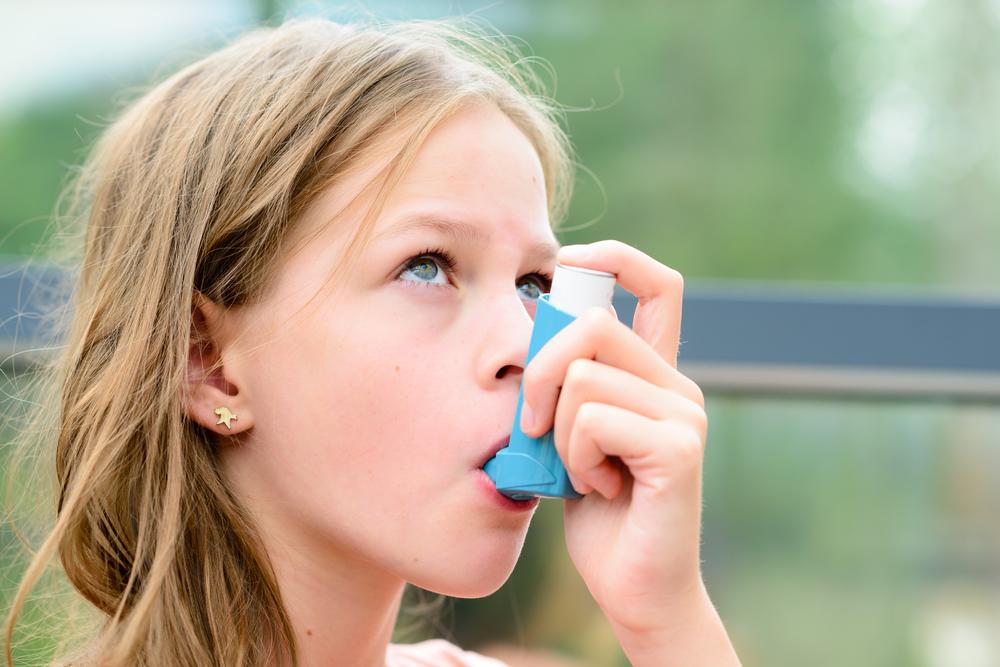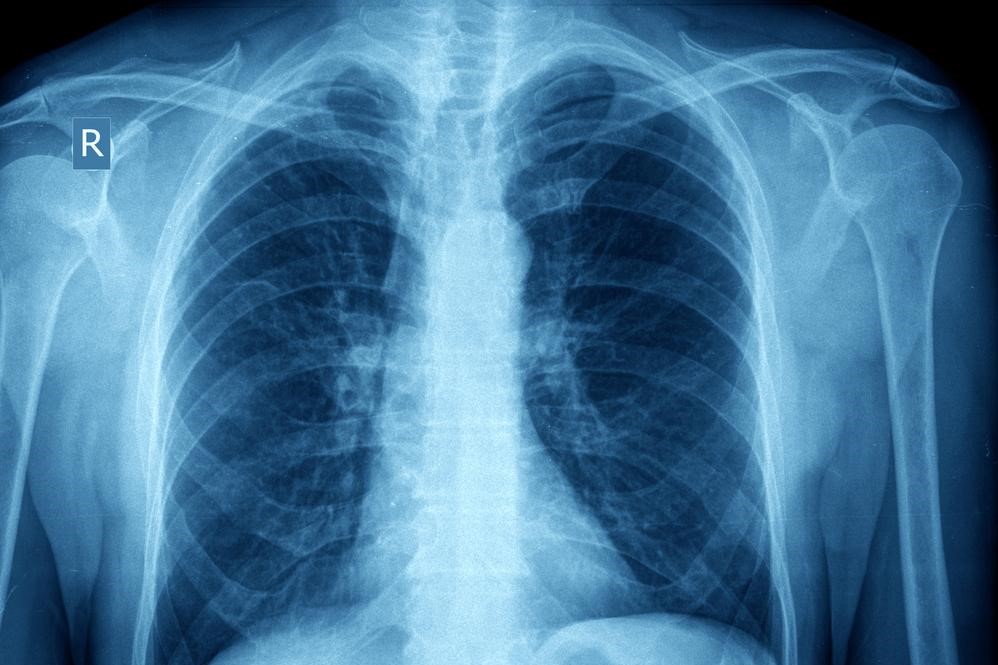Top 20 U.S. Cities Struggling with Asthma: A Comprehensive Overview
This comprehensive overview highlights the 20 U.S. cities with the highest asthma prevalence, shedding light on regional disparities, environmental triggers, and socioeconomic factors impacting disease management. Understanding these regional challenges is vital for developing targeted public health strategies aimed at reducing asthma's burden across the country.

Top 20 U.S. Cities Facing Severe Asthma Challenges
Asthma remains one of the most prevalent chronic respiratory conditions affecting millions across the United States. With around 25 million Americans suffering from this ailment, it holds the unfortunate position of being the most common chronic disease among children. Although there is currently no cure for asthma, effective management strategies—including medication, lifestyle adjustments, and trigger avoidance—can significantly improve quality of life for those affected. In this detailed examination, we explore the 20 U.S. cities exhibiting the highest rates of asthma prevalence, providing a comprehensive understanding of the factors contributing to this health challenge. Interestingly, a substantial majority of these cities—18 out of 20—are located along the East Coast, highlighting regional disparities and environmental influences.
Identifying the Cities with Elevated Asthma Rates
Allentown, Pennsylvania
Baltimore, Maryland
Richmond, Virginia
Milwaukee, Wisconsin
New Haven, Connecticut
Cleveland, Ohio
Philadelphia, Pennsylvania
Dayton, Ohio
Oklahoma City, Oklahoma
Tucson, Arizona
Worcester, Massachusetts
Springfield, Massachusetts
Columbus, Ohio
Birmingham, Alabama
Detroit, Michigan
Louisville, Kentucky
Hartford, Connecticut
Boston, Massachusetts
Fresno, California
Greensboro, North Carolina
According to research by the Asthma and Allergy Foundation of America (AAFA), multiple factors contribute to the high prevalence rates observed in these cities. Socioeconomic challenges, pollution levels, limited healthcare infrastructure, and environmental hazards are central in exacerbating asthma conditions. In many of these urban areas, poverty is linked to substandard housing conditions that increase exposure to indoor and outdoor pollutants. Lack of comprehensive health insurance coverage often restricts access to essential medications and specialist care, further complicating disease management. Urban smog, pollen levels, tobacco smoke, and other environmental triggers tend to worsen asthma symptoms, especially in densely populated areas. Additionally, regions face unique challenges; for example, Northeastern cities grapple with high pollution levels, while Western cities contend with climate factors affecting air quality. Addressing these issues requires coordinated public health initiatives, improved healthcare access, and environmental regulation to reduce the burden of asthma on affected communities.
Understanding the geographic and socioeconomic landscapes of these cities provides essential insights for policymakers, healthcare providers, and communities to develop targeted interventions. Public health campaigns focusing on pollution control, affordable healthcare, and education about trigger avoidance can significantly help mitigate the impact of asthma. Moreover, increasing awareness about early diagnosis and proper management strategies offers hope for improving life quality for millions of Americans living with asthma. As urban environments continue to evolve, ongoing research and community engagement are crucial to combat this persistent health challenge and prevent future escalations.





